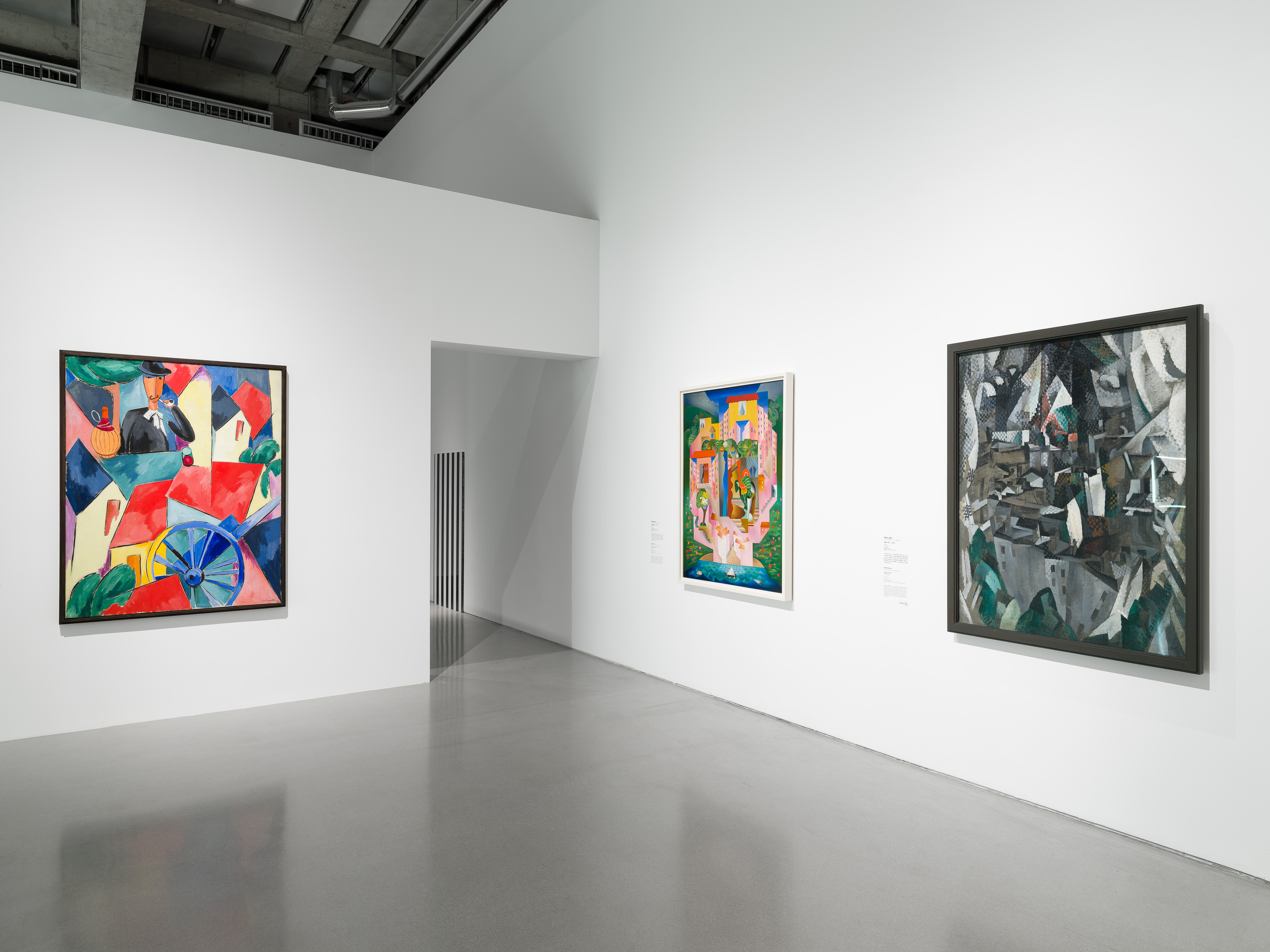In the 20th century, the representation of landscape was notably influenced by the Cubist fragmentation of space, which began in 1907 with Georges Braque and Pablo Picasso, who implemented Paul Cézanne’s suggestion to “treat nature in terms of the cylinder, the sphere, and the cone”. By departing from traditional Western conventions of depicting landscapes, they abandoned perspective, flattened volumes, and broke patterns into facets. For instance, Robert Delaunay combined Cubist geometrisation with chromatic gradients, while Alberto Magnelli painted overlapping planes of vibrant colour. Léopold Survage, on the other hand, used spatial layers that evoked scenographic techniques.
The legacy of Cubism, both in France—its country of origin—and internationally, remained strong after the First World War. The landscapes of Henry Valensi, László Moholy-Nagy, and Lajos Tihanyi carried on this style, with urban landscapes reflecting its influence well into the 1920s.
Although direct references to Cubism may now seem subtle, the dialectical relationship between structuring and deconstructing persists in the contemporary era.
